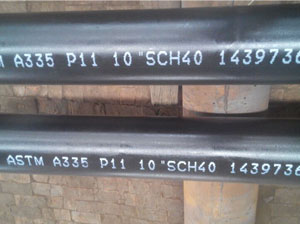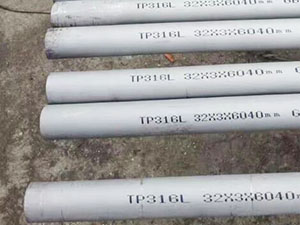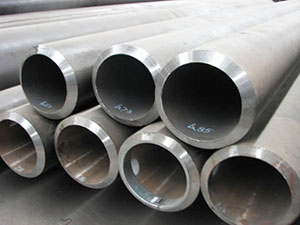Why Polish Metal?
Polishing metal is often done for aesthetic reasons. Polishing improves the surface quality of the metal and makes it more lustrous, which is often desired for display pieces or artwork. This is often accompanied by buffing the metal, which leads to a true mirror-like finish.
Another reason for polishing metal is to remove surface contaminants for critical applications. Polishing achieves this by abrading away the variations and contaminants on a metal surface. Even if not visible to the naked eye, unpolished metal surfaces are full of these variations and contaminants that can be undesirable in certain situations.
Polishing can also reduce the risk of corrosion because it reduces the size and amount of crevices on a metal surface that could promote corrosion. In the world of metallurgical evaluation, metals are often polished because it is the best way to observe the crystal structures, discontinuities, and defects of a metal under a microscope or other observation device.
How to Polish Metal
The polishing process typically starts by rapidly rubbing a metal surface against a coarse grit abrasive material. Once a metal has been polished thoroughly by a certain grit size, the process should be repeated with a finer grit size. This repetition is performed several times until the desired level of polish is achieved.
The abrasive material on the polishing wheel that is used depends on the material type and its hardness. Softer metals like copper and aluminum may require a silicon carbide as an abrasive material for polishing, whereas harder materials like alloy steel may require aluminum oxide as a polishing abrasive material. Oftentimes a liquid is used during the polishing process to prevent excessive heat due to friction from occurring.
Ways to Polish Metal
The simplest way to polish a metal is to apply the abrasive material to the metal surface by hand. However, this is generally not an efficient solution for large scale polishing operations and can cause a lack of quality and consistency. In order to be more efficient and enhance quality, the rubbing motion during polishing is usually done by mechanical methods. There are several tools that can be used to do this. One way is to mount a polishing disc to a handheld power tool like a drill or angle grinder. Another way is to use a belt sanding machine. Lastly, in metallurgical applications, polishing is usually done on special pieces of equipment known as polishing machines that are essentially turntables with abrasive papers attached to them. Whatever method is used, the abrasive material is continuously changed to finer and finer grit sizes throughout the process until the polish is satisfactory.





